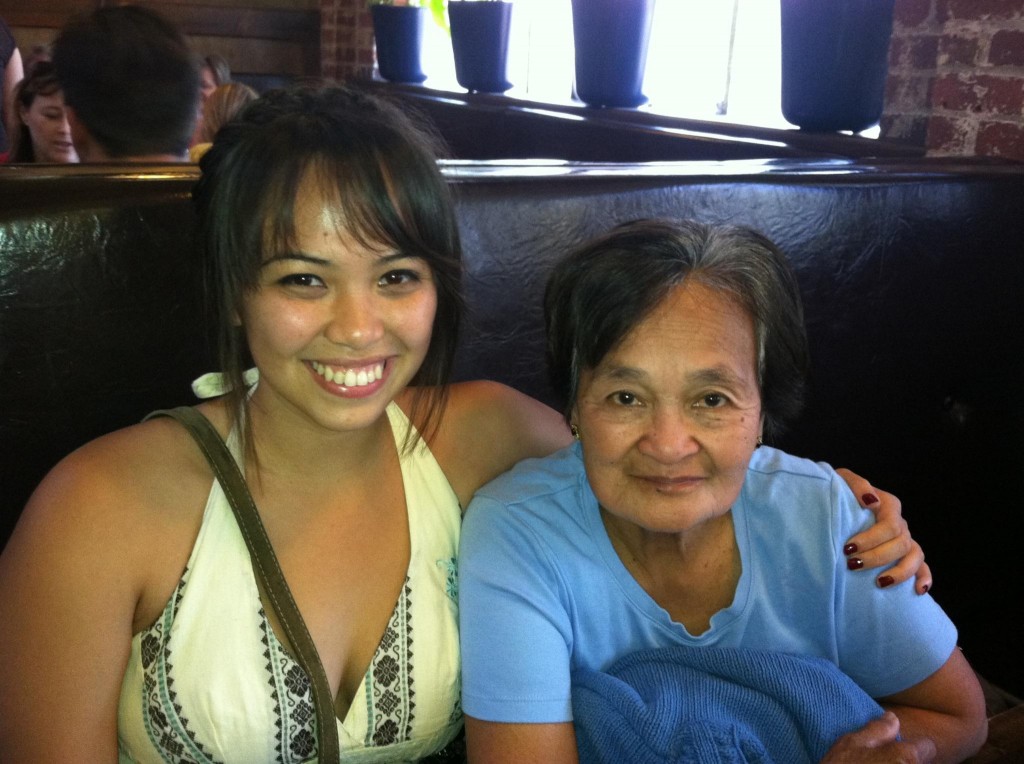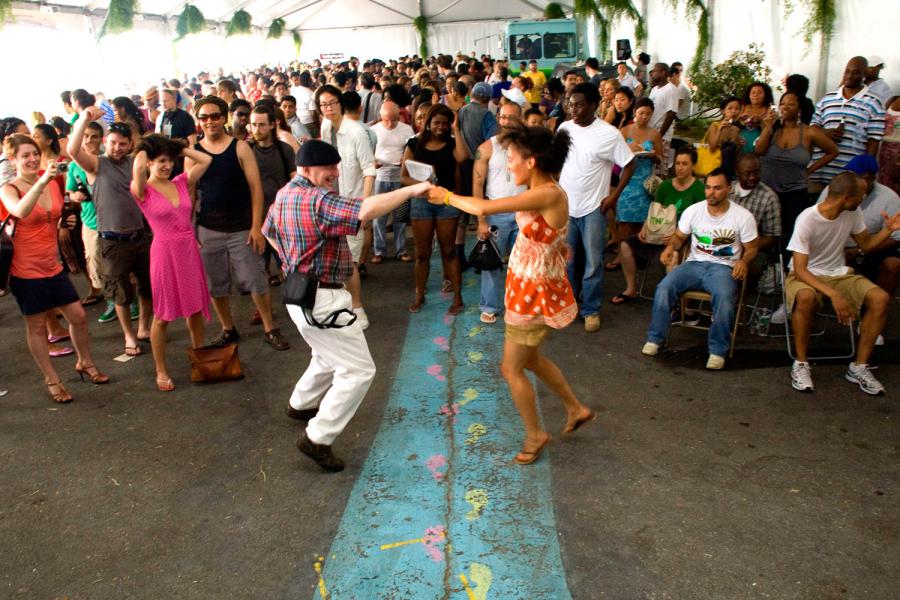My grandma is the best person in the world. Let me gush about her for a little bit before I tell you about how I sometimes make fun of her. It will soothe my conscience. She is hands down the most loving and forgiving person on this earth. I crashed my mom's car when I was a license-less fifteen-year-old, and though she shamed me to no end, she still stuck up for me when I'm compared with my “no-good, lazy cousins.” When I went to Korea earlier this year to teach English, she was so proud of me but then promptly dropped that act when everything went down with the DPRK. She cried for a week straight so I would come home (not going to lie though, kinda glad I can blame my grandma for that one.) My grandma is seriously THE BEST.

That said, she has a little bit of a Pilipino accent. It has become customary for me to poke fun at this accent occasionally when the mood strikes. A couple of months ago, I inadvertently shared this accent with my boyfriend, Michael. He had not really spent much time with my grandma yet, and assumed I was over-exaggerating. He realized differently when we went over for a family dinner, and my grandma took to spilling all our family secrets. You know, gossip about the aunties and who’s pregnant... normal stuff. Michael couldn’t really understand her, as she kept code-switching between Ilocano, Tagalog and English. But, as a granddaughter introducing my new boyfriend I was really excited about this. This excitement translated to me speaking like my Grandma the entire way home. We conversed like this for a good thirty minutes before Michael switched over to answering me in his own grandmother’s accent. I should add, Michael’s grandma is from the United States’s South - she's spent her life largely in Mississippi, Florida, and South Carolina. I haven’t met her yet, but apparently she is very similar to my grandma, except she is white, and goes by the name Granny. This is when it dawned on me: getting my grandma to like my boyfriend was the easy part. Now, I have to get Granny to like me.
This Christmas, I’m going to South Carolina to spend the holidays with Michael’s family. I’m most nervous to meet Granny, mainly because I don’t know how she will react to her grandson dating a non-white girl. Michael is my first white boyfriend. This isn’t really an issue, or even a source of uniqueness in our home in San Diego, California. However, it was not very far in the past where interracial marriage was illegal in South Carolina, and frowned upon in the upper-class white suburb in which he grew up.
Coming from a family that already crossed the interracial dating bridge a generation before, it never really occurred to me the cultural implications involved with dating a white guy. Aside from the pressure of coming across as nice, accommodating, self-sufficient, pretty, intelligent, and strong when I am invited into their home, I am anxious to prove myself as far more than simply the model minority. This brings me to the article that Ryann Tanap, fellow UniPro writer and editor, wrote recently regarding interracial dating and familial/cultural expectations. I never considered being labeled as an “other,” but now that my boyfriend is white, the apprehension is different.
Now let me note, Michael and his family have been nothing but welcoming, supportive, and inclusive towards me. But the fear of rejection is still there. And in my eyes, rejection from the matriarch of the family is something that is pretty hard to overcome. Ryann's article addressed that race relations are changing for current generations, but past generations still impact our current dating practices and attitudes.
I thought about how this is especially applicable to my experience, and how histories of hurt, discrimination, abuse, imperialism, and racism melt into today’s attitudes and fears, no matter how far removed. I mean... interracial marriages were legalized almost 50 years ago. Shouldn’t these concerns be completely irrelevant by now?

